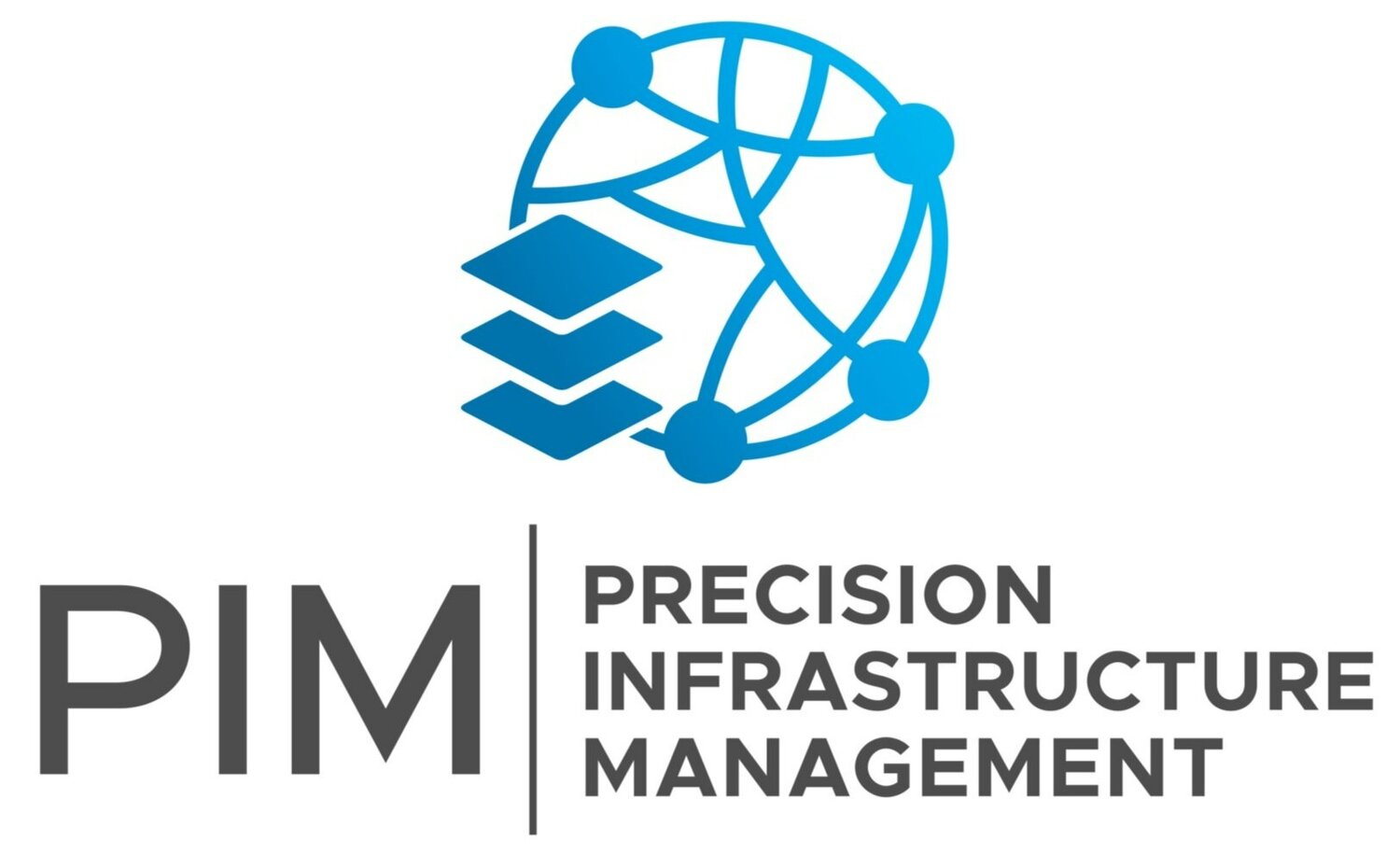How to Prioritize Ponding Mitigation in Your Municipality
Ponding isn’t just an eyesore—it’s a significant hazard that can compromise accessibility, safety, and compliance in your community. For municipalities, addressing water ponding effectively requires strategic prioritization to maximize impact within budget constraints. Here's a guide to help cities and towns focus their efforts and resources on mitigating ponding issues efficiently:
1. Address High-Traffic Areas First
Start by identifying areas with heavy usage, such as pedestrian walkways near schools, downtown intersections, and public transportation stops. Ponding in these zones can disrupt movement and increase accident risks, particularly for pedestrians and wheelchair users. By tackling these critical locations, you can significantly improve public safety and accessibility.
2. Focus on ADA Non-Compliance
Ponding water near curb ramps, sidewalks, and accessible routes often creates barriers for individuals with disabilities. Conduct an assessment to identify locations that violate the Americans with Disabilities Act (ADA) due to puddling or improper drainage. Repairing these areas can prevent legal liabilities and ensure your municipality provides equitable access for all.
3. Prioritize Safety Risks
Ponding near intersections, playgrounds, or healthcare facilities can lead to accidents, as pedestrians may be forced to navigate unsafe areas or detour into traffic. Focus on eliminating hazards in these critical spots to protect your community.
4. Protect Key Infrastructure Connections
Ponding often occurs in areas that link neighborhoods to essential services like grocery stores, parks, and public buildings. Prioritizing repairs in these locations ensures continuity in access and prevents disruptions in community connectivity.
5. Engage with the Community
Residents are the eyes and ears of your municipality. Gather feedback from the community to pinpoint ponding locations that disrupt daily life. Prioritizing repairs based on public input fosters trust and demonstrates responsiveness to their needs.
6. Leverage Cost-Effective Solutions
Traditional methods of mitigating ponding, such as demolition and replacement, are often expensive and time-consuming. By using advanced repair technologies, like Precision Infrastructure Management’s ponding mitigation process, municipalities can achieve up to 70% savings over traditional methods. These innovative solutions are not only cost-effective but also faster, minimizing disruptions to the community.
7. Plan for Long-Term Maintenance
Once immediate issues are addressed, establish a proactive maintenance schedule to inspect and repair potential problem areas regularly. This approach helps you prevent minor drainage issues from escalating into major ponding problems, reducing long-term costs.
By implementing a systematic approach to ponding mitigation, municipalities can improve safety, and foster a more connected community. With efficient, innovative repair techniques, cities can allocate resources wisely while maintaining their infrastructure at a high standard.
